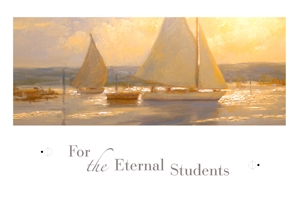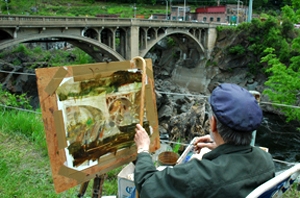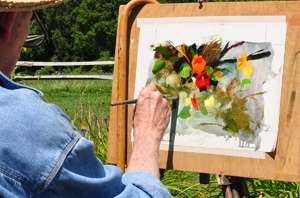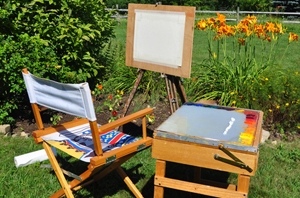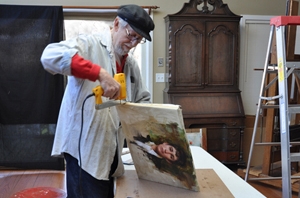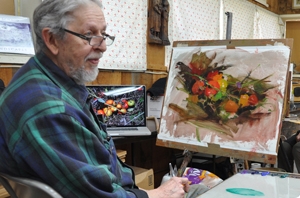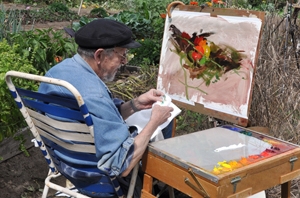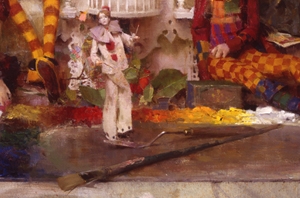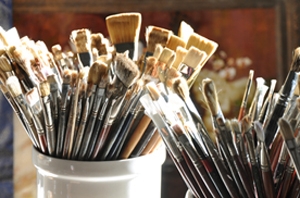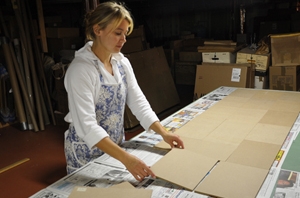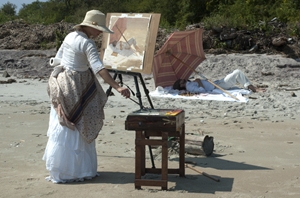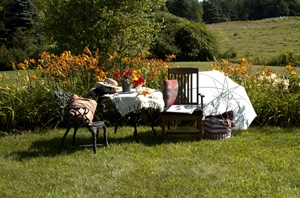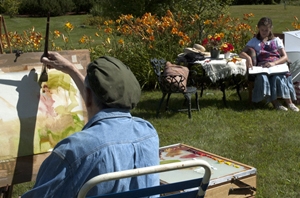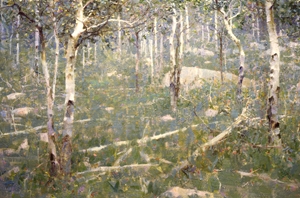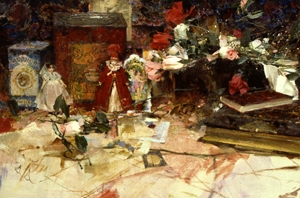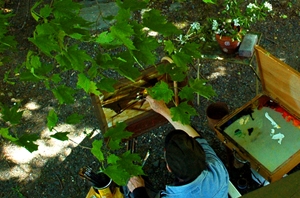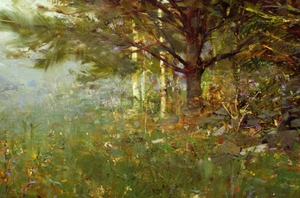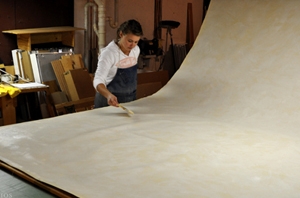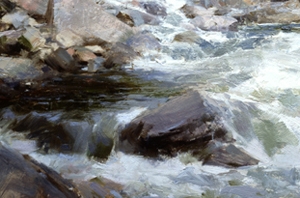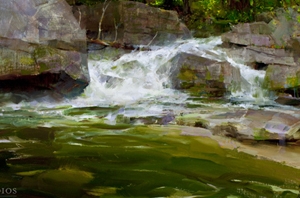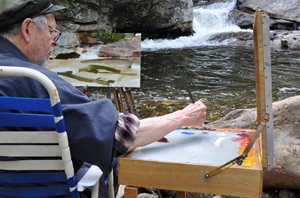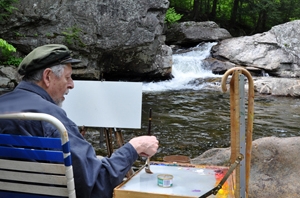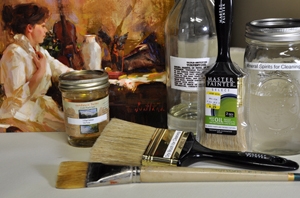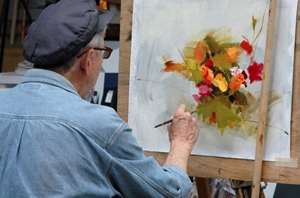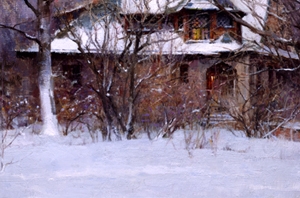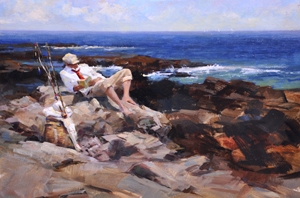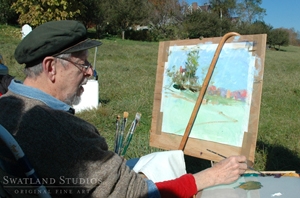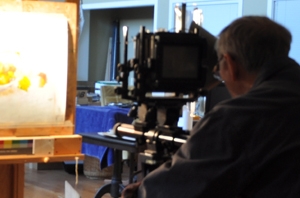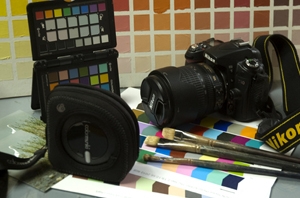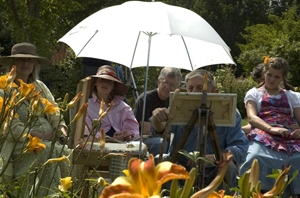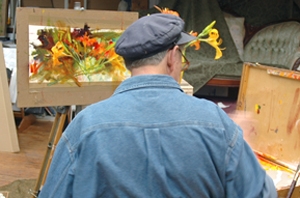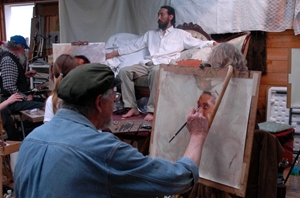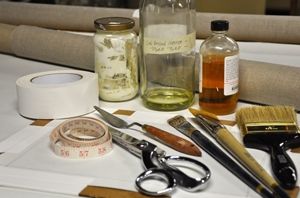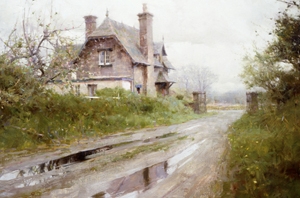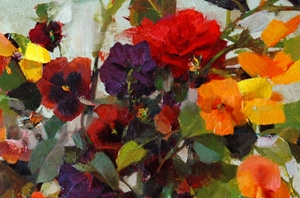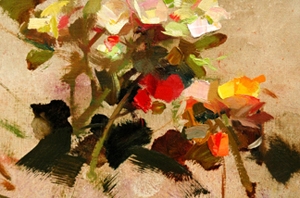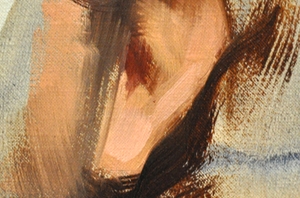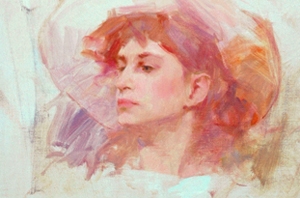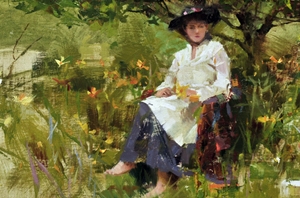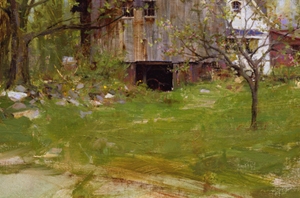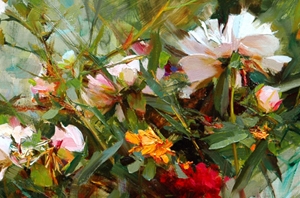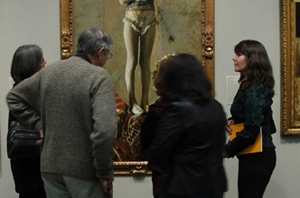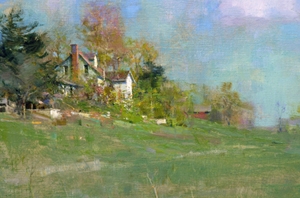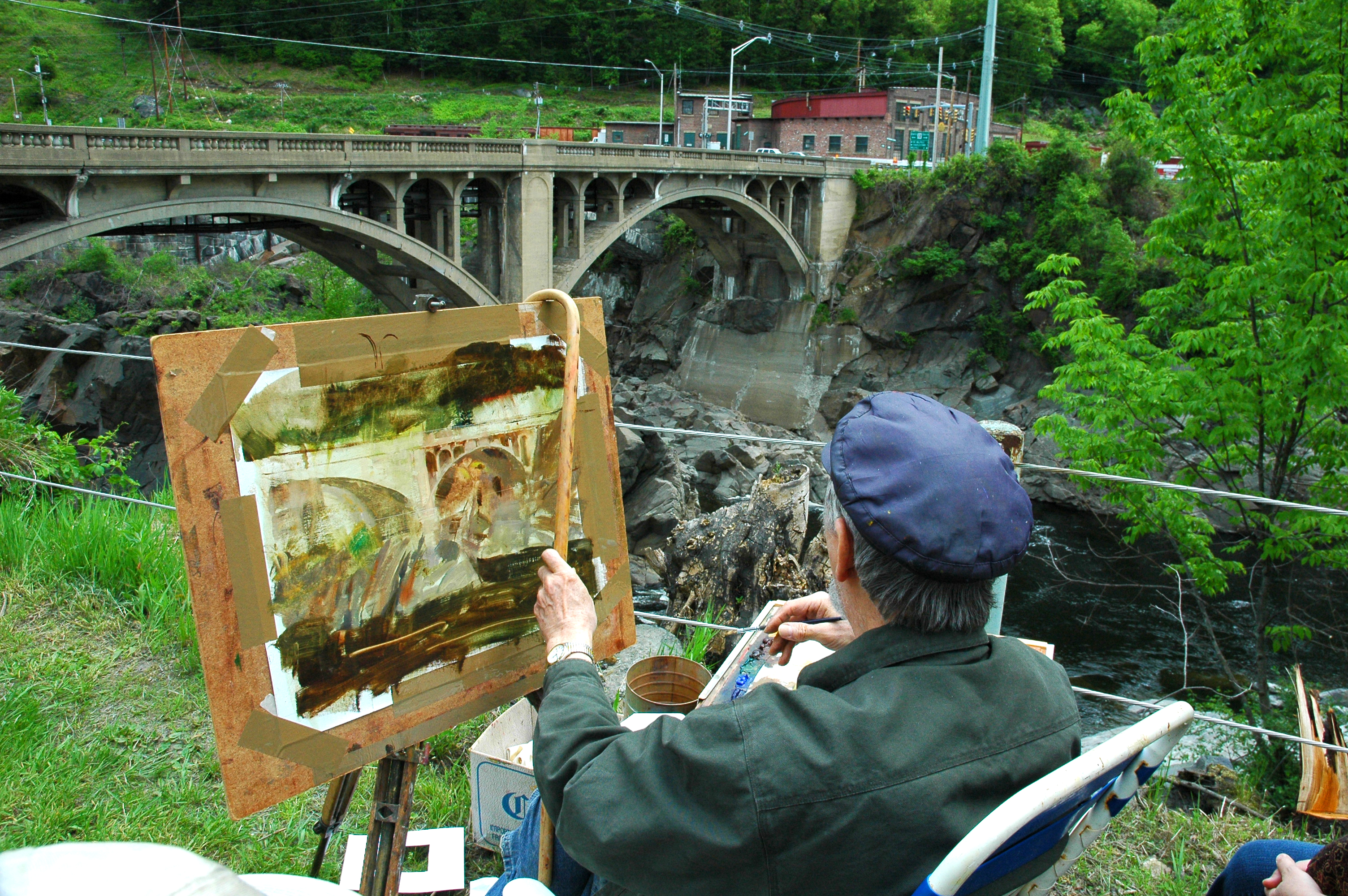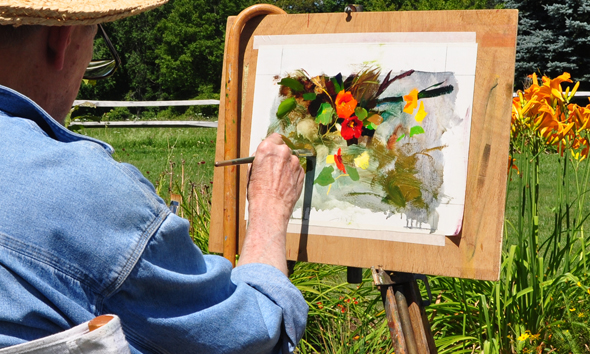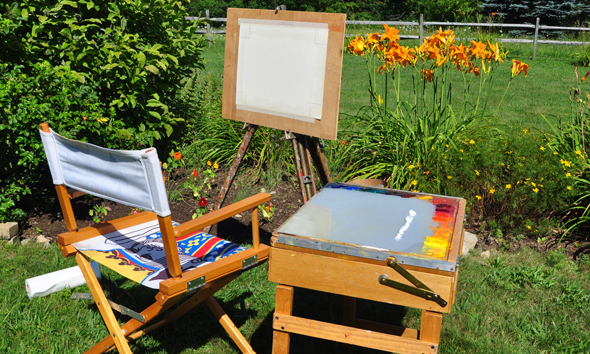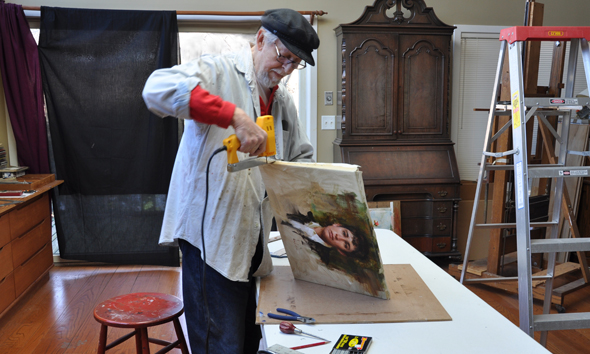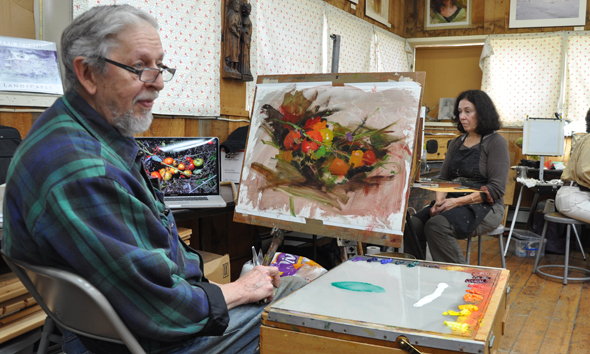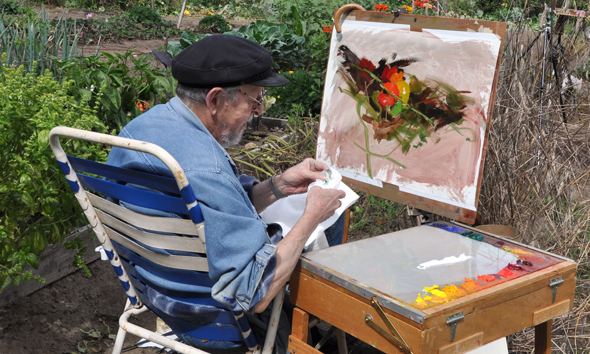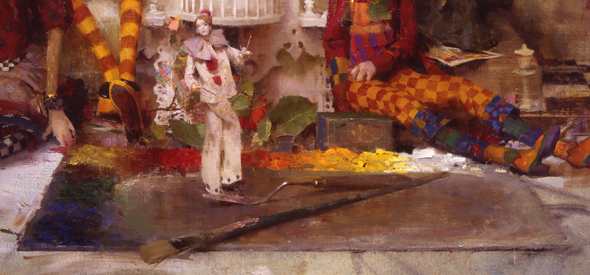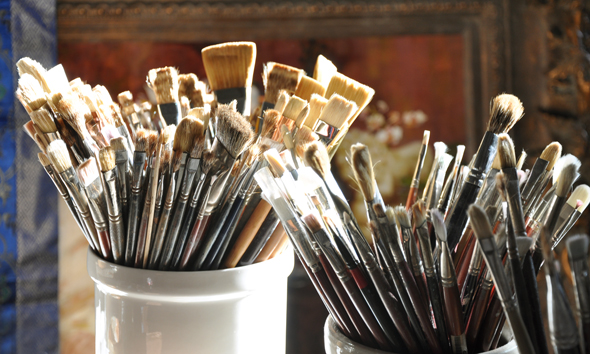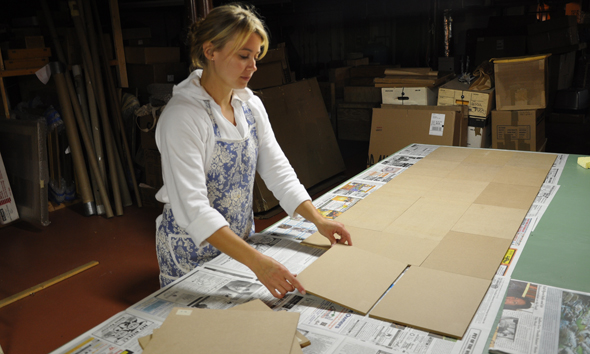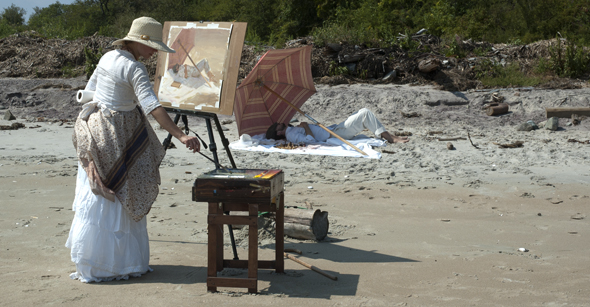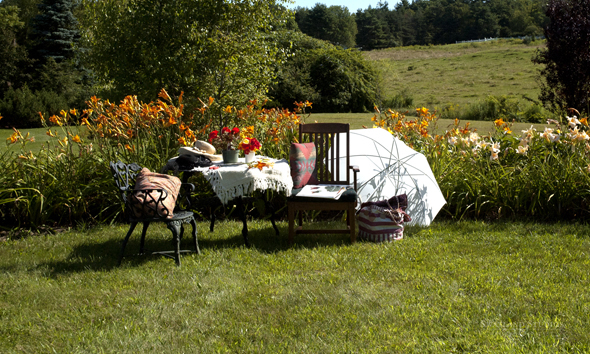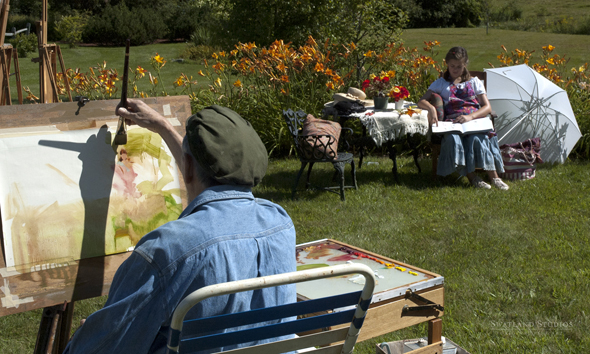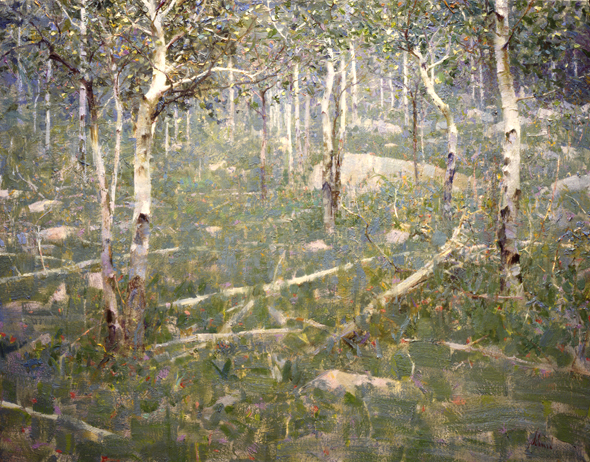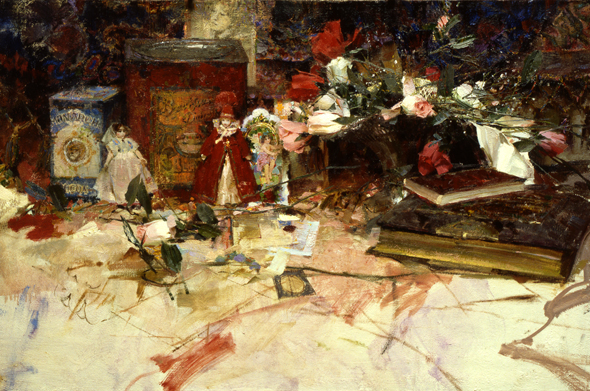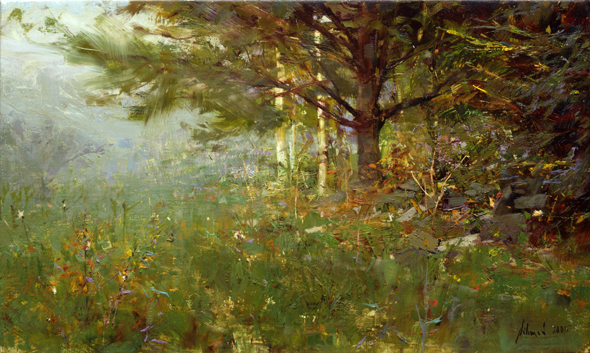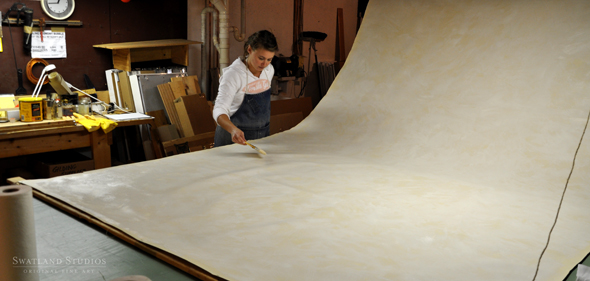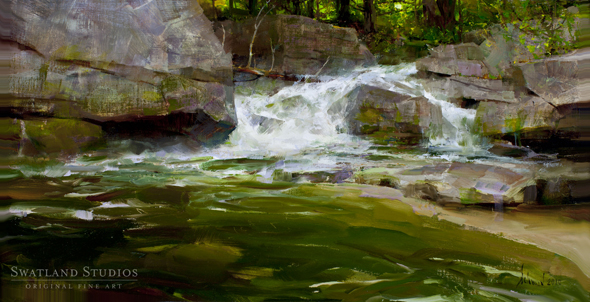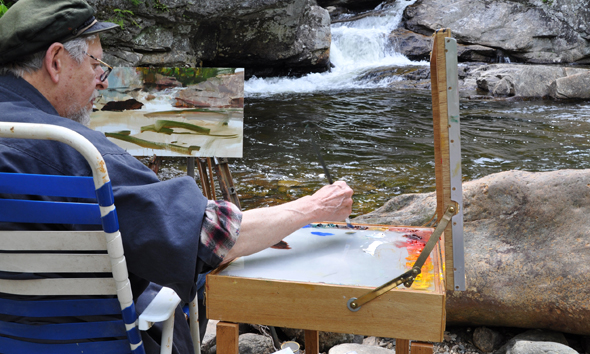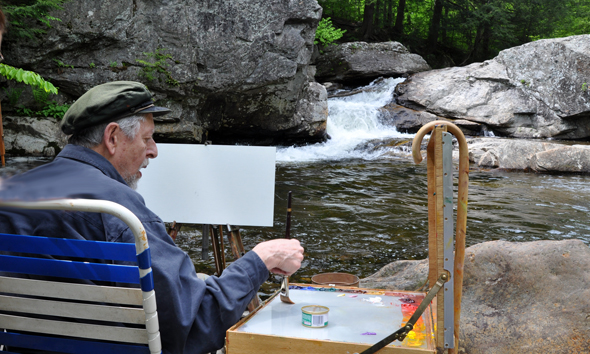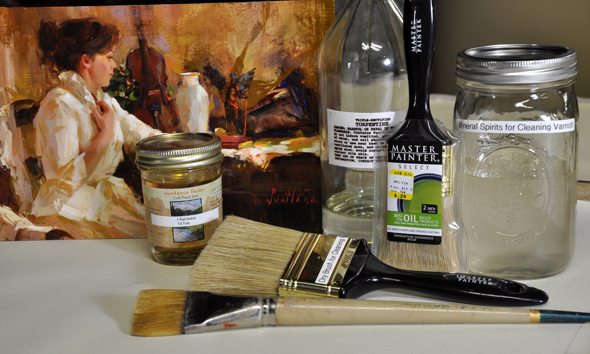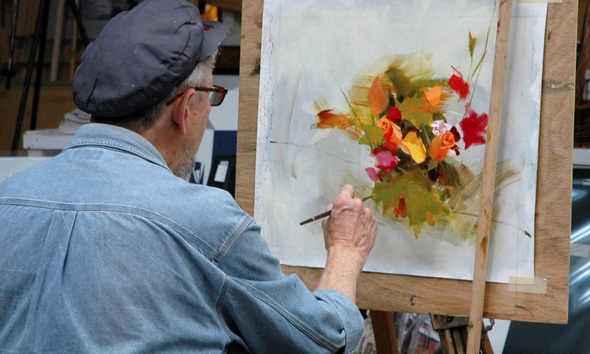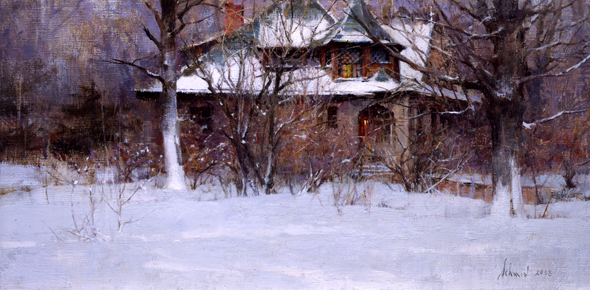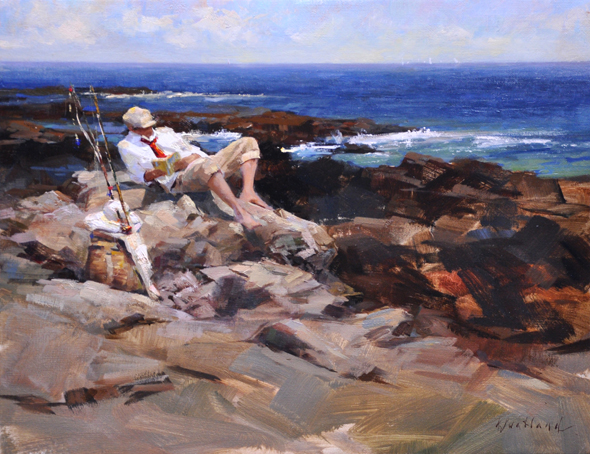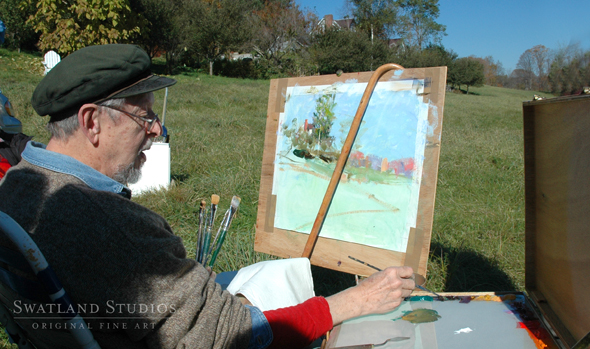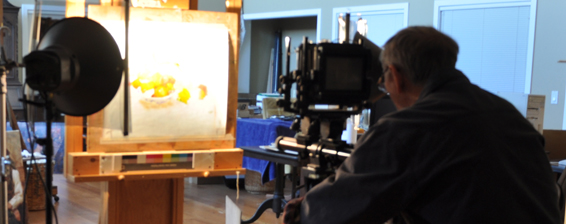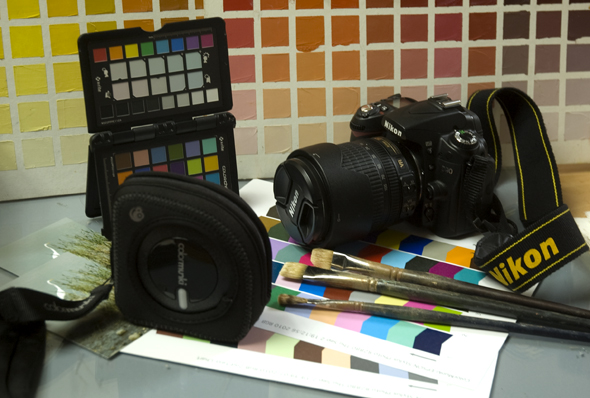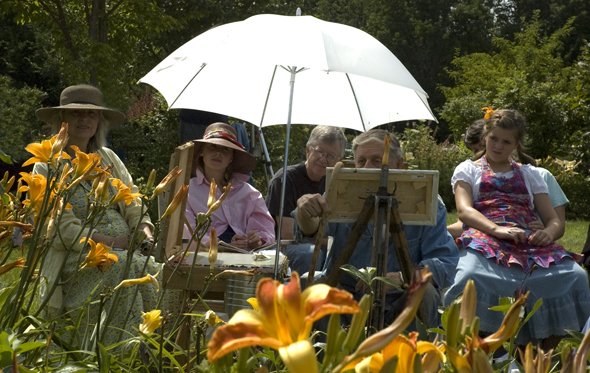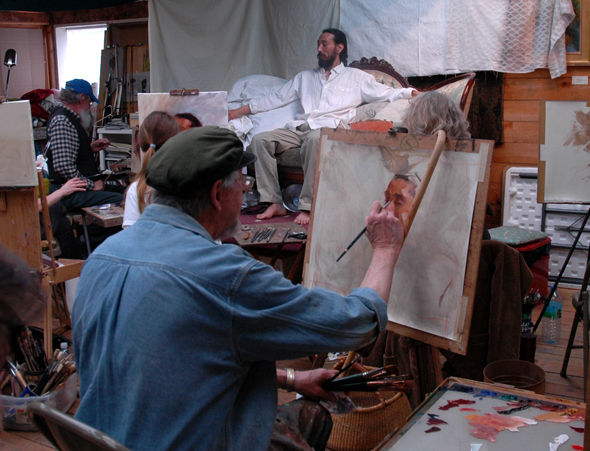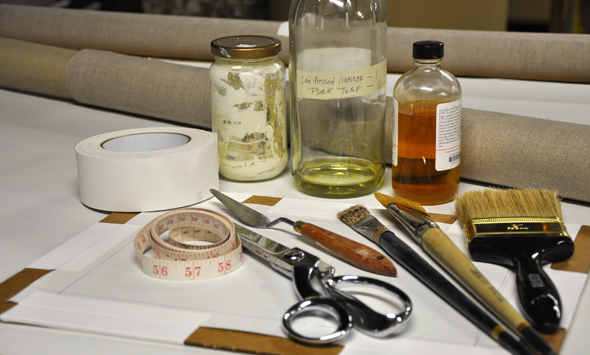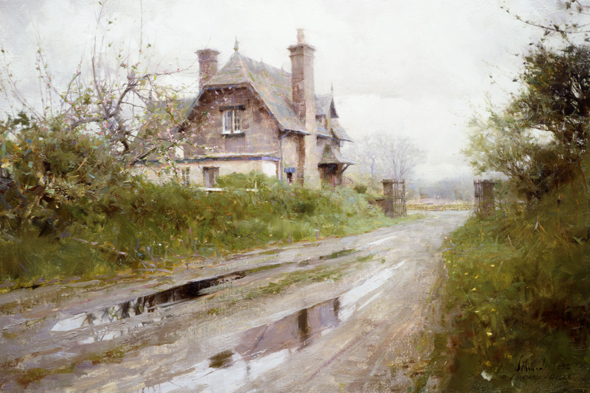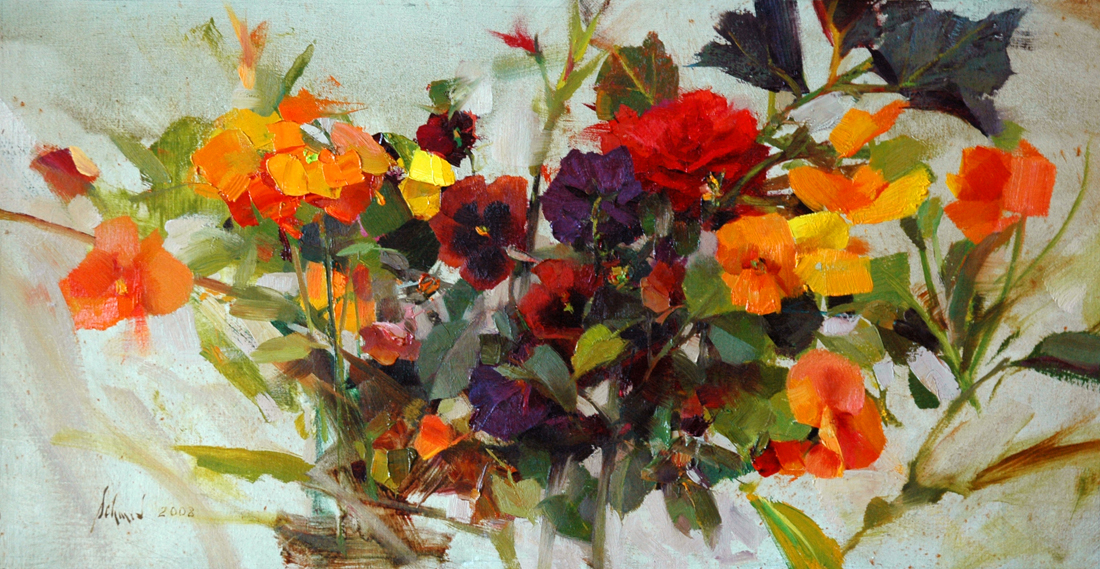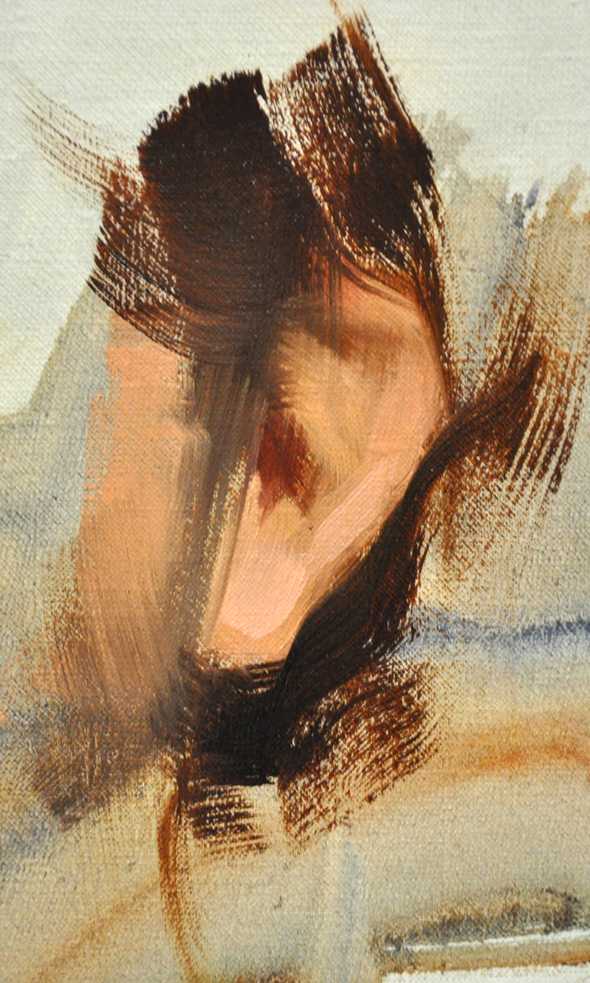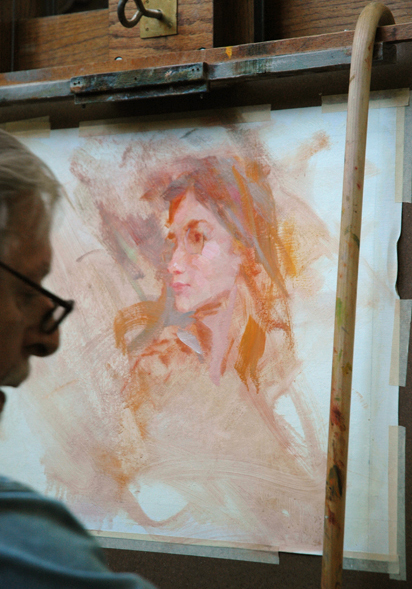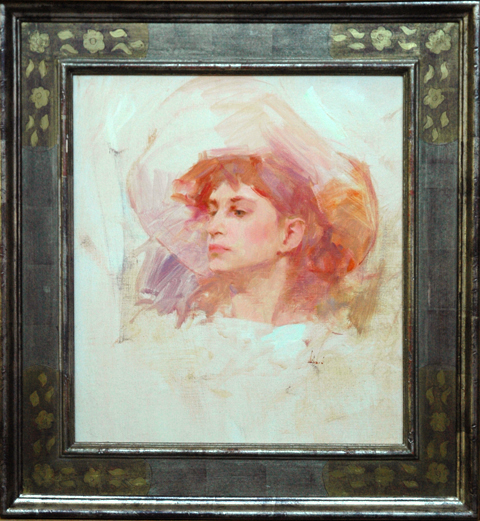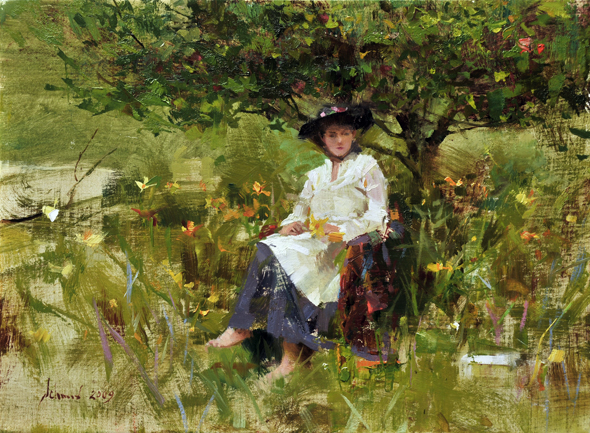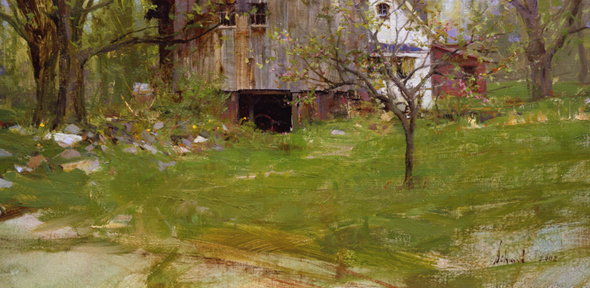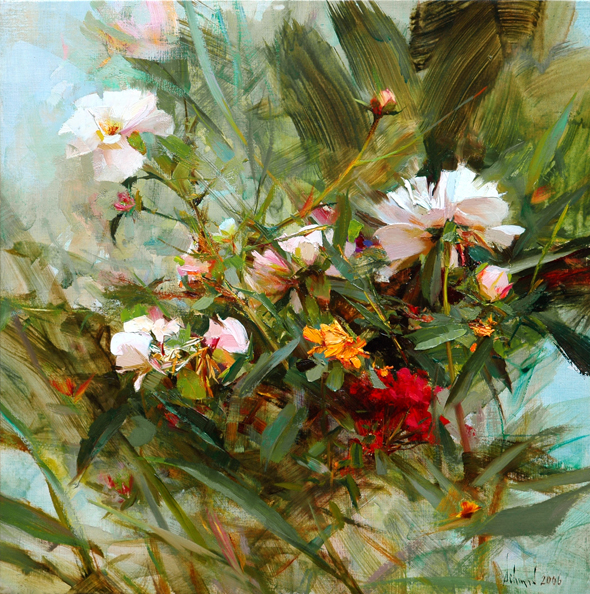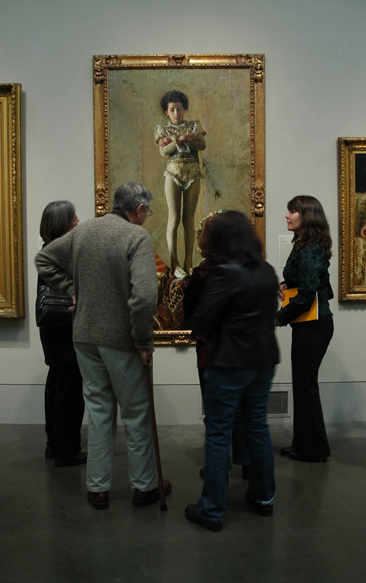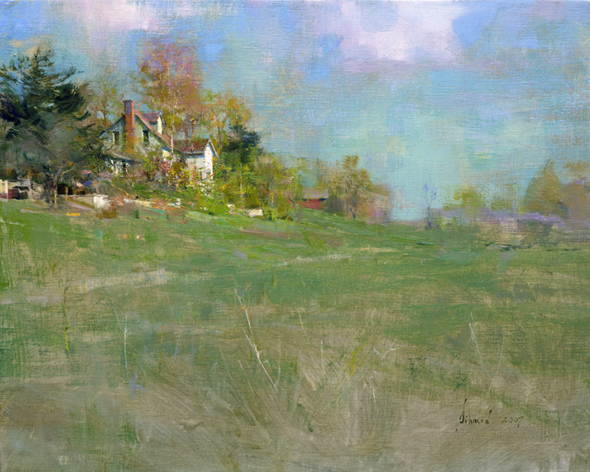My Library
0Available Credits
 M Y L I B R A R Y
M Y L I B R A R YListed below is the entire catalog of available lessons. Select a lesson and add it to your account by spending 1 lesson credit. Each lesson added will then be highlighted in this Library with a “View now” button. To purchase more lesson credits, click the button below.
Purchase lesson credits
Educational
D E L I G H T S & E X P L O R A T I O N S
Volume 1
Welcome to the eBook version of ‘For the Eternal Students.’ Originally created as a handmade volume for personal use by the students and visitors of Mark Arts, it was intended to...
More info
Learning with
R I C H A R D S C H M I D
Volume 43
On a beautiful spring day, late in the month of May, the Putney Painters gathered in Vermont for an afternoon of outdoor painting. In this lesson, we join in watching the...
More info
New!
Volume 42
In this lesson we join Richard back in his studio, a year later, as he finishes his painting of the nasturtium blooms. He explains in detail the process of how he completed this...
More info
Volume 41
In this lesson, we join Richard in his garden as he paints nasturtium blooms. This demonstration spans a summer afternoon, and includes over 60 sequential high-resolution images...
More info
Volume 40
In this installment, we join Richard in his studio as he demonstrates how to properly stretch both a blank canvas and one with a finished painting on it. He explains the...
More info
Volume 39
In the second part of this demonstration, we join Richard in the Putney Barn as he puts the finishing touches on his tomato painting. Contained in this lesson are over 50...
More info
Volume 38
Contained in this lesson are over 50 sequential images showing the initial field session for Richard's painting of Captain John’s garden tomatoes. The first part of this...
More info
Volume 37
Today, more than any other time in history, we are faced with the good fortune of an enormous variety of oil colors from which to choose. Almost any imaginable color is available...
More info
Volume 36
As the year winds down to begin anew, it is the perfect time to take a moment to reflect, look ahead, and prepare for a new start by instituting, or improving upon, a few routine...
More info
Volume 35
A quality working surface can make all the difference in the performance and manageability of your paints, making it far easier to create what you wish to see on your canvas. ...
More info
Volume 34
There is little more exciting than painting outdoors on a beautiful clear day under the warmth of the sun. It is an energizing and thrilling experience to be out in the elements...
More info
Volume 33
In this installment, we revisit Richard’s previous garden demonstration by taking a closer look at some of the challenges he faced, and explore his solutions. We take a detailed...
More info
Volume 32
With summer in full swing, it is time for another outdoor painting excursion! Take a front row seat and join in the adventure as Richard paints Rachel Arnold reading amongst the...
More info
Volume 31
Applying an underlying tone at the start of a painting can be of great assistance in determining accurate value relationships within your subjects⎯but that is not all! Beginning...
More info
Volume 30
This next lesson is dedicated to the further exploration of composition, and its use as a tool of expression. Exercises will be presented and demonstrated that can be used and...
More info
Volume 29
This lesson takes place underneath the shade a maple tree behind the Putney Barn, as Richard paints a branch of an apple blossom tree. This installment shows the various...
More info
Volume 28
Thus far, two lessons have been dedicated to canvas preparation, and emphasis placed on the importance of a good surface on which to paint. The benefits of working on a custom...
More info
Volume 27
There are few things more exciting than facing the boundless possibilities of a blank canvas, especially one with an exquisite surface upon which to paint. A superb working...
More info
Volume 26
Out of pure excitement, sheer fear, or frantic desire to capture a subject, it is very easy to haphazardly rush through a painting. Things such as tree branches, leaves, and stems...
More info
Volume 25
The last installment of this three-part series dives into the final stages of Richard’s painting, “Buttermilk Falls.” Richard discusses some of the challenges he faced upon...
More info
Volume 24
It is a common occurrence to begin a painting from life and be unable to bring it to a desired level of finish in one session. Often, subjects are intricate and demand a multitude...
More info
Volume 23
The first part of this series focuses on the initial field session for Richard’s painting, “Buttermilk Falls”, recently exhibited in New York at the Salmagundi Club’s American...
More info
Volume 22
Varnishes are used to bring out the freshness of color, and afterwards, when a painting is finished, to protect and preserve the surface. Final varnishing is critical and vital to...
More info
Volume 21
In October of 2007, the Village Arts of Putney hosted a demonstration day featuring Richard Schmid and Albert Handell. The featured subject was a floral and fall leaf still life....
More info
Volume 20
In the previous volume, the nature and behavior of light was explored from a scientific point of reference. Given the discussions about particles and lightwaves, you may have even...
More info
Volume 19
To understand color is to first understand light. Therefore, the first part of this series on the palette will focus on the nature of light and how it behaves. It will take an...
More info
Volume 18
This lesson spends the day with Richard at one of his favorite painting spots in the fields of the Putney Barn. On this day in October, Richard sketches the house and trees on...
More info
Volume 17
This article explores the possible options and procedures that are currently available for photographing artwork and offers suggestions for setting up a photography station in...
More info
Volume 16
As artists, we often need to send images of our works to clients for potential sales, to magazines for print, and to galleries for review. In addition, we need salable prints that...
More info
Volume 15
This lesson documents the demonstration Richard gave in his garden on an afternoon in August of two thousand and nine. Contained in this installment are over 30 images showing...
More info
Volume 14
In 2006, on July 22, Richard gathered the Putney Painters for an impromptu afternoon demo at the barn to paint freshly picked garden lilies. This lesson documents the day's...
More info
Volume 13
This installment highlights two portrait sessions from different Saturdays at the Putney Barn, documenting Richard's works from these days. Included are high-resolution images of...
More info
Volume 12
This lesson focuses on optimizing your working surface by re-coating an existing primed canvas with a lead ground, custom designing it to suit your needs. Contained in this lesson...
More info
Volume 11
This article is a special installment, highlighting Victor Wooten’s theories and their relation to painting. It focuses on the correlation between Music and Art and explores the...
More info
Volume 10
This lesson focuses on the versatile tool of squinting and explores the power behind its use. Also included in this article are over 75 images showing each stage in the...
More info
Volume 9
“If I have a strong enough mental picture of what I wish to see on my canvas, that image will also be a picture of the technique required to paint it.” – Richard Schmid
The...
More info
Volume 8
This first part of this lesson series discusses the importance of the preliminary stages of a painting, as decisions made at this point will determine the entire course of the...
More info
Volume 7
This lesson discusses the various 'key signatures' that can exist in a painting. In particular, it highlights rendering subjects as high-key paintings and includes a demonstration...
More info
Volume 6
This lesson contains over 45 images showing each stage in the development of Schmid's painting, “Adele in our Garden.” This sequence of images gives insight into the...
More info
Volume 5
This article builds upon Volume 3: “The Mancini Exhibit,” which explored the concept of “Painting what you see, not necessarily what you know.” This lesson, “The Power of...
More info
Volume 4
This lesson contains over 85 images showing each stage in the development of Schmid's painting, “North Garden Peonies”. This sequence of images gives insight into the...
More info
Volume 3
This third installment is a very special issue. It features the great Italian painter, Antonio Mancini, and explores how his work influenced Richard. Included in this article are...
More info
Volume 2
This lesson joins Richard in the field as he paints this beautiful April landscape. It contains over 16 images of the various stages leading up to the completion of his painting...
More info

